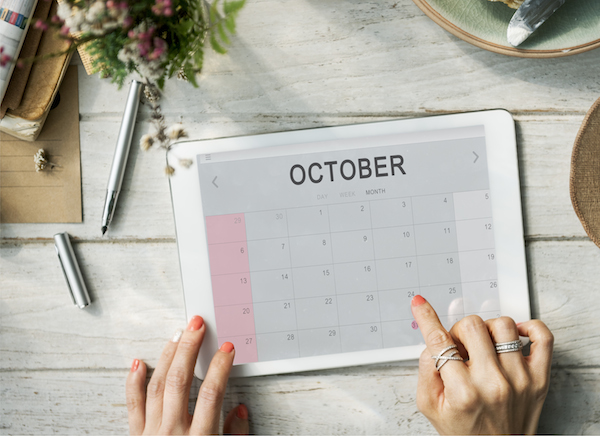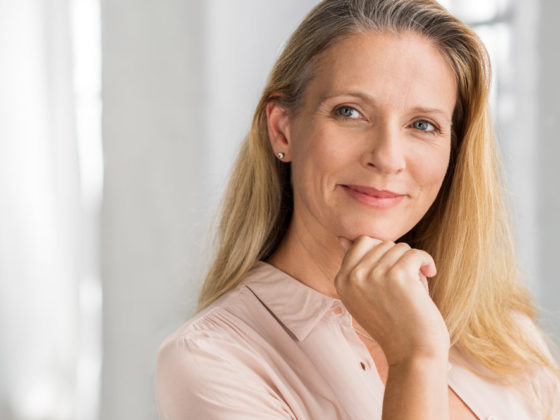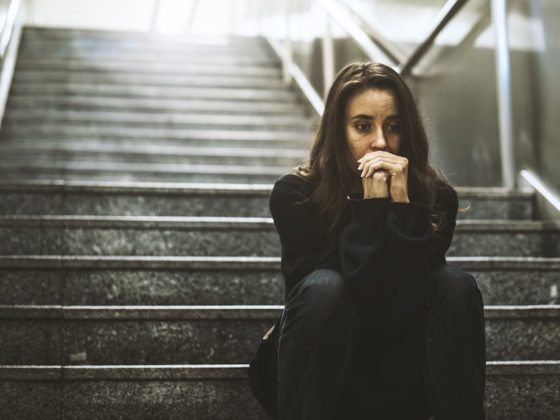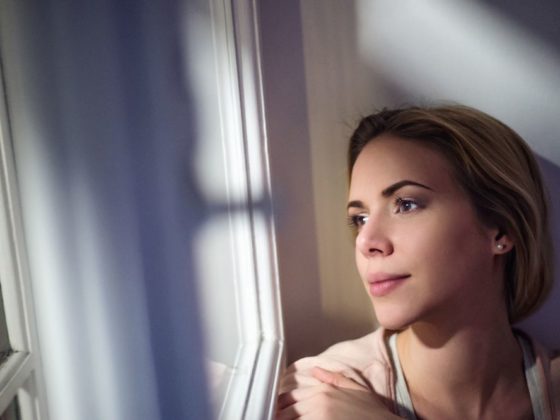What do we mean by menstruation period?
Vaginal blood loss, which usually occurs once a month, is called a “period”. In most cases, a woman’s period lasts from 3–6 days. This blood originates from the monthly apoptosis (programmed cell death) of the inner wall of the uterus, i.e. the endometrium.
What do we mean by monthly cycle?
Monthly (menstrual) cycle refers to the length of time between a woman’s two periods. A woman experiencing a regular cycle, i.e. between 24–35 days (ideally 28 days), suggests that her female hormones are produced normally, thus affecting in a regular way the organs on which they act. These hormones also prepare the body for the possibility of pregnancy. In teenagers the cycle may present greater fluctuations (21–45 days). Increase or reduction of hormones during the cycle also causes changes to take place in the innermost uterus.

What happens during the menstrual (monthly) cycle?
In the first half of the cycle oestrogen levels (female hormone) begin to rise. Oestrogen’s play a crucial role in good health, as well as building and maintaining strong bones while we grow older. Higher oestrogen levels cause thickening of the endometrium (inner lining of uterus).
This is where the embryo will be implanted, in case fertilisation takes place.
At the same time, the follicle, from which the ovum will be released, matures on approximately the 14th day, when a woman’s cycle lasts for 28 days. This is called ovulation. The ovum is placed in the ovary and from there it will pass via the fallopian tube and end in the uterus. These are a woman’s fertile days. That is, the day of ovulation and 2–3 days preceding that. If the cycle is shorter or longer than 28 days, ovulation will take place earlier or later than the 14th day.
Pregnancy will occur when the ovum meets the sperm in the fallopian tube and is fertilised by one of them. In continuation, the fertilised ovum will pass into the uterus where implantation will take place. If the ovum is not fertilised, it will be degenerated. Hormone levels will start to drop and the endometrium will “leave” the uterus in the form of period.
1st day of the cycle
Bleeding begins. This happens because hormone levels have dropped to their lowest, resulting in vaginal bleeding and passage of uterine tissue in the form of period. A woman’s period usually lasts between 3–6 days.
7th day of the cycle
Bleeding is over or minimal and the ovaries begin to create small superficial liquid-containing cysts, the follicles. Each follicle contains an ovum.
8th – 14th day of the cycle
In a cycle that lasts for 28 days, during this period, one of those follicles will begin to mature. The emdometrium’s thickness also increases, in case pregnancy takes place, so that it is able to welcome the conceptus (foetus). On the 14th day hormones cause the mature follicle to be released, i.e. ovulation.

If fertilisation takes place, the fertilised ovum will pass into the uterus, within the next few days so that it can be implanted. If the ovum is not fertilised, hormonal levels drop around the 25th day of the cycle, thus signalling the onset of the next cycle, with the period.
Usually, two years before the first menstrual cycle occurs, a girl’s breasts augment and piliation (increased formation of hairs) occurs under the armpits and the pubis.
Anxiety and a woman’s period: Can anxiety cause irregularity in a woman’s cycle?
Our body reacts to stress via a change in the levels of many hormones, between which those that are concerned with the regulation of a woman’s period. Thus, anxiety is indeed a common cause of delay or “loss” of a period.
When should a girl be expecting to get her first period?
On average in Greece, a girl gets her period at 12 years old. However, it may occur anytime between the ages of 8–16. It is evident that before the age of 10 years old, a girl has not appropriately matured psychologically or physically for this occurrence. Usually, a girl experiences an augmentation of her breasts and develops increased formation and growth of hairs (piliation) in the armpits and pubis. If a girl gets her period before the age of 10, or it has not began by the age of 15, as well as if three years pass from the onset of the symptoms of breast augmentation and piliation and the girl has not gotten her period, she must undergo screening.

 English
English Ελληνικα
Ελληνικα



